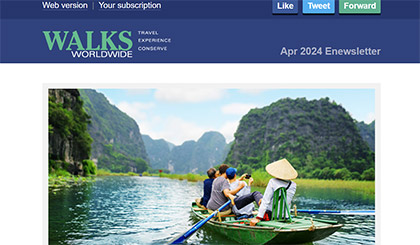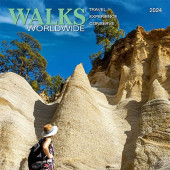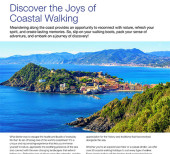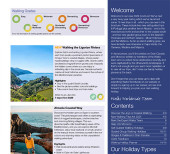


In July and August, Ray, Glenys and I did some walking in the High Tatras, in northern Slovakia and southern Poland. We also did some short walks in the Pieniny and Beskidy Ranges.
The High Tatras are the highest part of the long Carpathian Range, with peaks up to 2,650m. There are generally coniferous forests up to the tree line, with alpine vegetation above it, then rocky peaks.
Also, there are quite a few beautiful alpine lakes. Basically, the Tatras are like the European Alps, but are not as high. They are protected by national parks on both the Slovak and Polish sides of the border.
There is an excellent well-signposted system of walking tracks, and there are plenty of hostels where you can spend the night, and where dinner and breakfast are served.
On the tracks there were plenty of other people – walking in Europe is not a wilderness experience. We met hardly any people from English-speaking countries, and most of the other walkers were Slovaks, Poles and Czechs. Of course these people live near the Tatras, but I think that they probably prefer them to the Alps because, in the Alps, they would have to pay Western European prices from Eastern European salaries.
I did not attempt to organise our accommodation myself, because there could easily have been mis-understandings with managers who did not speak English very well, and because it would not have been worth the effort anyway. Instead, I got Walks Worldwide, an English company, to organise our trip. They organised our accommodation and any transport needed within the trip. They also gave us maps with the routes of our walks marked on them. They also gave us route notes, but warned us that these notes might be a bit unreliable because they had been written by Slovaks and Poles, and then translated into English by people who did not speak the language very well. Actually the notes were reasonably good, if somewhat quirky at times, and the maps were so good and the tracks were so well sign-posted that navigation was easy. Also, the accommodation and transport arranged by the company were excellent.
Before the trip I learned a few expressions, such as good day, please and thank you in Slovak and Polish. I also learned how to pronounce place names to some extent – this is reasonably easy in Slovak but more difficult in Polish.
Getting about was not difficult, as you can generally find someone who can speak English, although not as easily as in Western Europe. Young people have been leaning it in school since the end of Russian domination in 1989, and now have varying amounts of ability. Middle-aged and old people generally speak just enough to do their job, such as take your order in a restaurant or sell you a train ticket, but they often speak none at all. Of course a few people of all ages speak it fluently.










